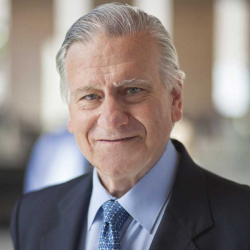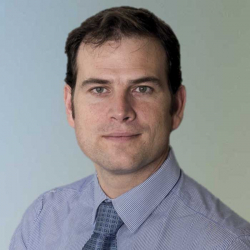Foreword and CNIC mission
The CNIC’s mission is to discover the causes of cardiovascular disease (CVD), translate basic research discoveries into clinical practice, promote health in society, and foster training and mentoring of up-and-coming scientists and physicians. Over its relatively short existence, the CNIC has built an unrivalled infrastructure and a powerful, crossdisciplinary research base that embraces multiple disciplines and includes population and patient studies.
One of the keys to this achievement is the commitment of the Spanish government to building a flagship research institute to tackle the CVD epidemic. However, the public purse is only part of the story. The CNIC also boasts an agile management structure that promotes training and the exchange of ideas and expertise, as well as an unrivalled modern infrastructure of technical units and support services. Most importantly, the CNIC is funded through an innovative enterprise between the public sector and a private partner, the Pro-CNIC Foundation, which injects not only added financial security but also the wide-ranging business and management expertise of some of the most prominent Spanish businesses. The CNIC also benefits from the external support and advice of its Scientific Advisory Board, composed of leading international experts who provide guidance on strategy and recruitment and regularly evaluate the CNIC’s performance.
At the heart of the CNIC’s mission is a shift from the traditional emphasis on treating clinical events to a strategy focused on identifying CVD in its preclinical stages and promoting health. This vision fosters a cohesive and flexible strategy that embraces research infrastructure, professional training, and a clear focus on cross-disciplinary collaborations between basic and clinical researchers to ensure that acquired knowledge is translated into real health benefits.
This report offers an overview of how the young, energetic team of dedicated scientists, clinicians, and technicians is bringing this vision to reality. Reading these pages, what gives us the greatest pleasure is to see how the breadth of the CNIC’s research activity integrates the Center into society at so many levels. As you would expect, there are breakthroughs at the frontiers of basic and clinical research. This year, these discoveries span the range from new methods to define gene function in cell populations through to the use of 3D ultrasound to improve CVD risk prediction in human populations, including along the way the arrest and reversal of aortic aneurysm in preclinical models, to cite just three examples.
The impressive collection of high-impact publications in 2017 also documents the CNIC’s wider social engagement. The Center’s translational studies bear testimony to the enthusiastic participation of healthy volunteers, patients, and emergency service personnel in efforts to define the causes and risk factors of CVD. This commitment of citizens and professionals outside the research community last year made essential contributions to advancing the use of noninvasive imaging technology for diagnosis and research, defining the advantages of early drug intervention after a heart attack, and confirming the importance of lifestyle factors such as eating a healthy breakfast.
The CNIC’s commitment to public health promotion is also evident in educational programs that start with children from early age, teaching core health knowledge and instilling a positive emotional attitude.
The Center’s public outreach links seamlessly with our strong commitment to training at all levels, from programs to encourage a scientific vocation among high school students to continuing professional training programs for scientists and physicians. Through these endeavors, the CNIC is making a comprehensive, across-the-board investment for societal benefit that integrates biomedical research into the wider society. This is fitting, since after all we are all stakeholders in our health and in the health of the next generation.
As we move forward, the CNIC will maintain the drive and focus established in its initial phases and ensure that the Center’s basic and clinical scientists continue to work closely together to devise innovative projects that help reduce the sanitary and socioeconomic burden associated with CVD.

VALENTÍN FUSTER
General Director

VICENTE ANDRÉS
Basic Research Director

